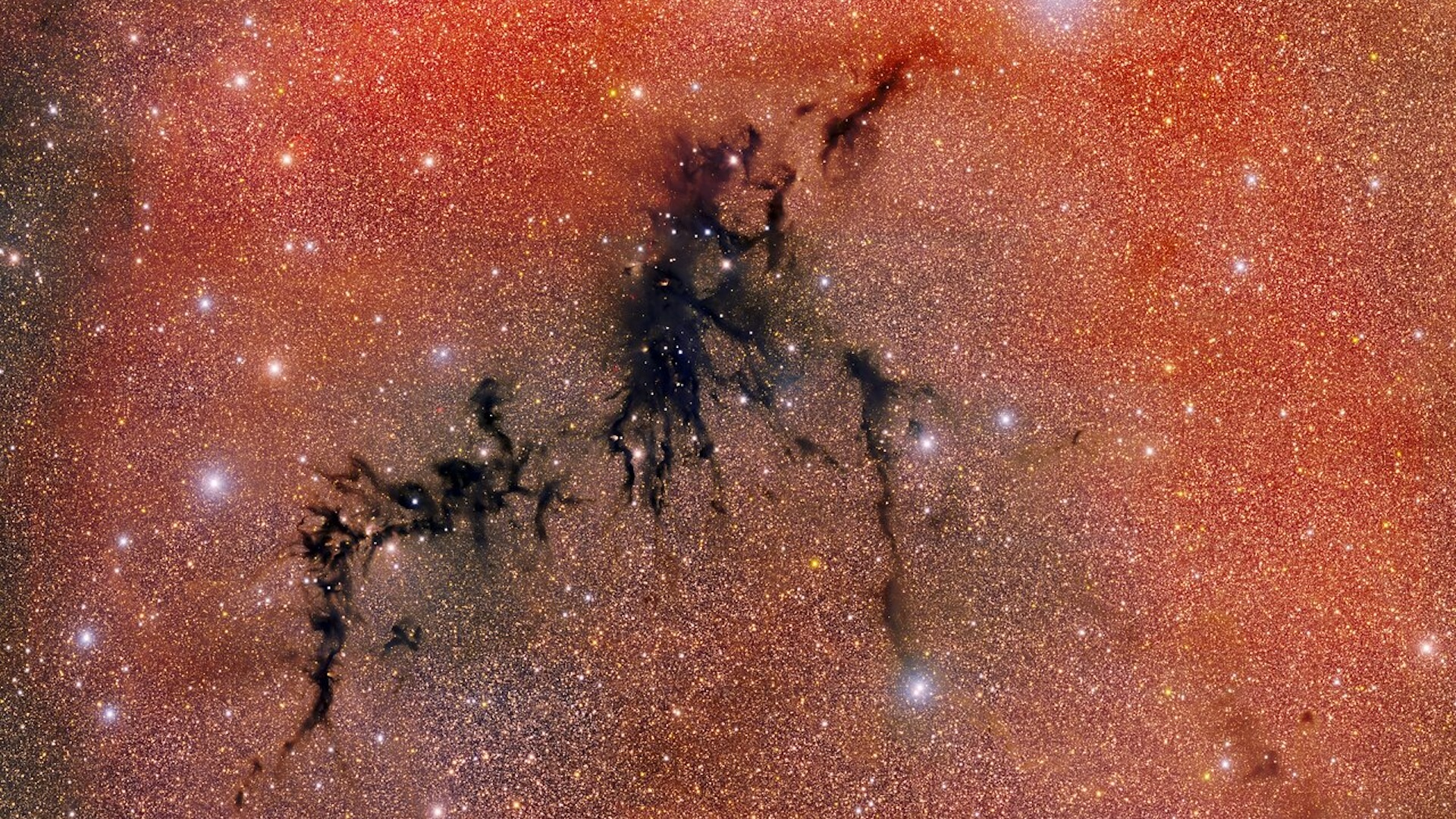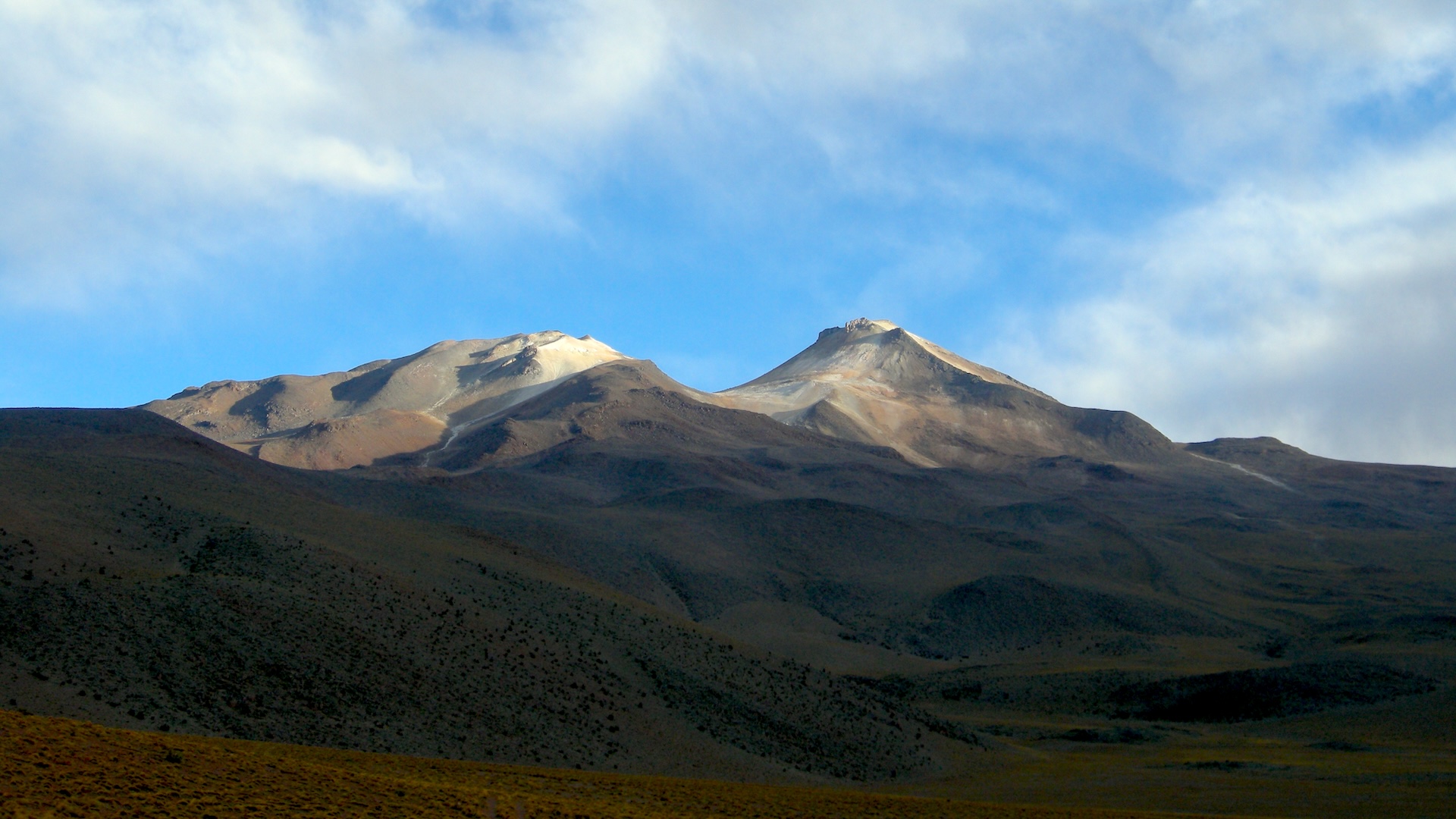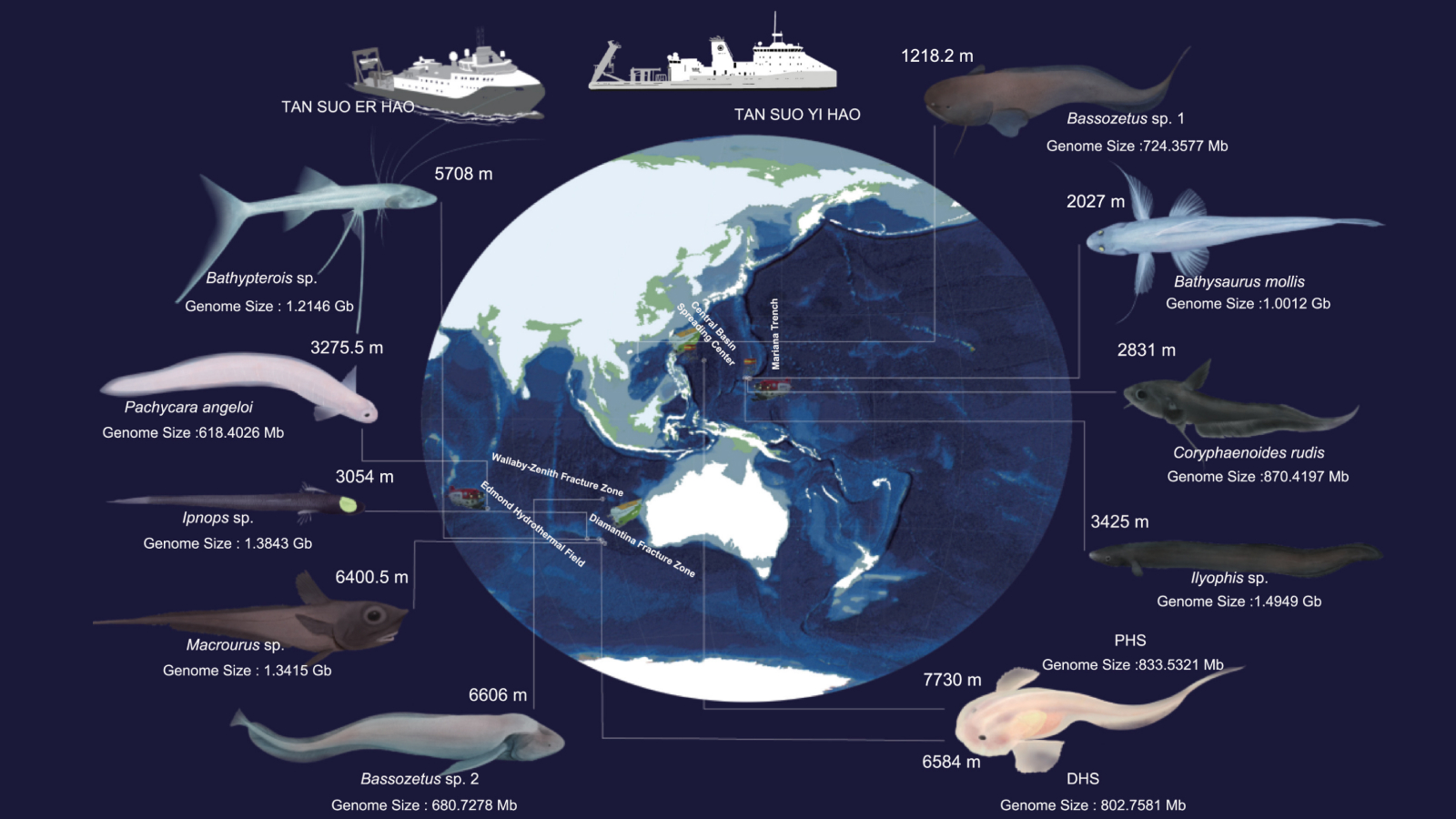Yellowstone holds potentially untapped cache of 'carbon-free' helium for rockets, reactors and superconductors
Conventional helium production comes with enormous carbon emissions, so scientists are looking for alternatives in places like Yellowstone, Tanzania's Rukwa Rift and India's Bakreswar-Tantloi province.
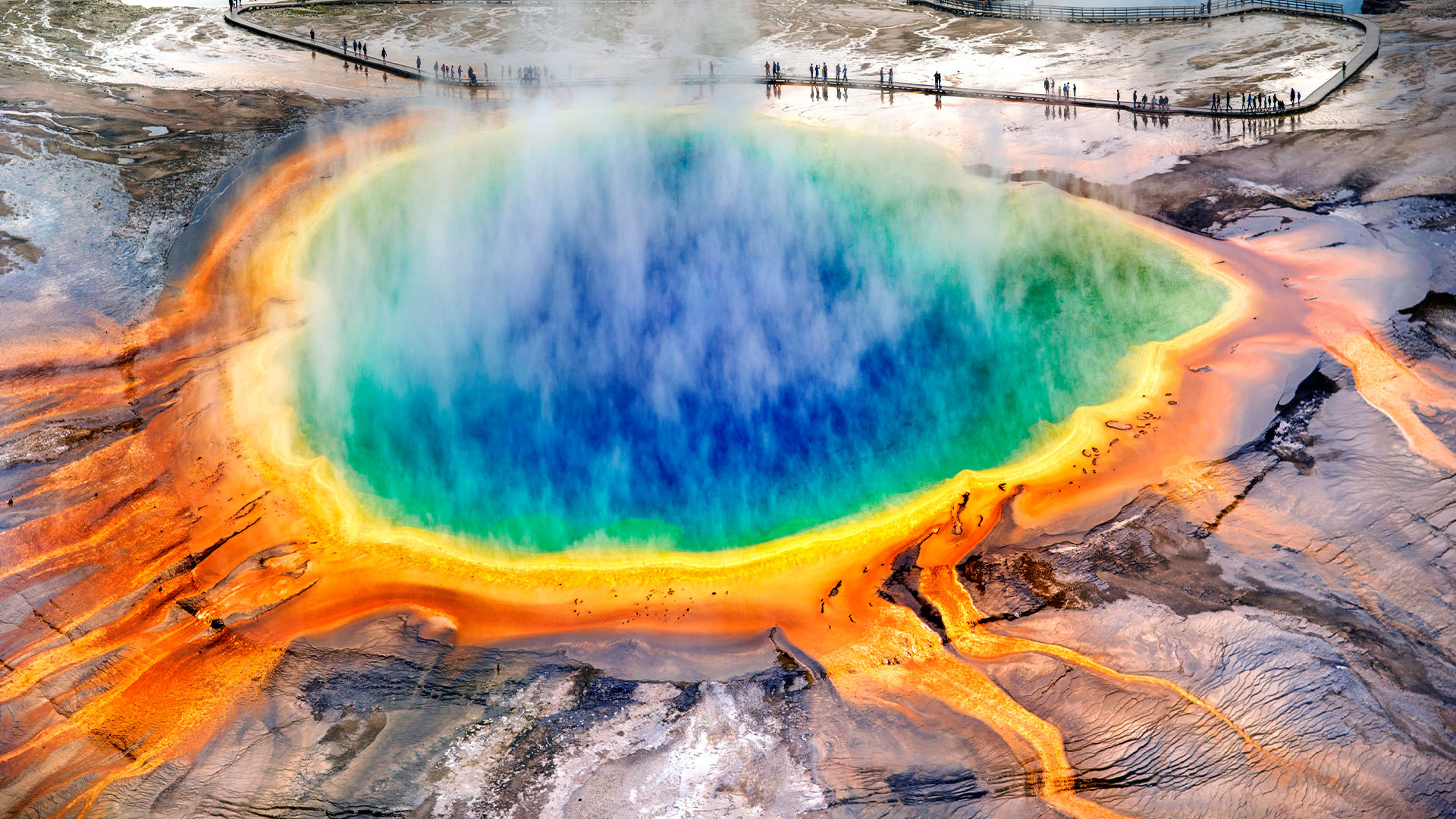
It has been more than a decade since scientists discovered that Yellowstone holds huge amounts of helium gas, but questions remain over whether this helium could ever be extracted to address critical shortages. Now, a new study of ancient rocks beneath Yellowstone National Park and two other regions inches closer to providing answers.
The research, published April 5 in the journal International Geology Review, focused on regions that are known to waft relatively concentrated helium gas without associated emissions of methane, which is a potent greenhouse gas. Helium is produced almost exclusively as a byproduct of natural gas (methane), because natural gas deposits trap helium — but scientists are searching for greener sources to limit global warming.
"We have been scratching our heads to find helium that is free from fossil fuels," lead author Ernest Mulaya, a structural geologist and lecturer at the University of Dar es Salaam in Tanzania, told Live Science.
A major breakthrough came in 2016, when geologists discovered giant reserves of such helium near Lake Rukwa in Tanzania's Great Rift Valley region. One year later, researchers established the key geologic conditions for "carbon-free" helium production, Mulaya said.
The new study examined three locations — Yellowstone in the U.S., Bakreswar-Tantloi in eastern India, and the Rukwa Rift in southwestern Tanzania — that satisfy most of these conditions. Notably, the locations are geothermally active, meaning they are in places where heat from Earth's interior rises to the surface, leading to formations such as geysers and hot springs.
Heat to release
Geothermal heat is required for the production of carbon-free helium, because it releases helium atoms from rocks at depth. Helium results from the decay of uranium and thorium, which takes billions of years, study co-author Jon Gluyas, a professor of geoenergy, carbon capture and storage at the University of Durham in the U.K., told Live Science in an email. The atoms remain trapped inside crystals in the rocks, unless those crystals are exposed to high heat.
Sign up for the Live Science daily newsletter now
Get the world’s most fascinating discoveries delivered straight to your inbox.
"If the temperature is raised above what is called the closure temperature of the particular mineral, then the helium will be released," Gluyas said.
The helium then enters fluids — water or brine — that flow in the space between the rocks, eventually forming a gas that can migrate underground and rise to Earth's surface, he said. In some places — such as near Babbitt, Minnesota — Earth's crust forms a seal that traps helium in faults between the rocks, thus forming large accumulations of the gas.
These accumulations are extremely valuable, as they could help alleviate helium shortages around the world. Helium is a critical cooling component in rockets, nuclear reactors, superconductors and medical diagnostic equipment, but suppliers may soon struggle to meet rising demand.
Ancient roots
The helium discovery in Tanzania sparked hope that similar geological settings elsewhere might also hold carbon-free helium stores, Mulaya said. In addition to being geothermally active, the Rukwa Rift sits on rocks that are billions of years old and rich in uranium and thorium, meaning helium has had ample time to form.
It turns out that Yellowstone and the Bakreswar-Tantloi province also sit on ancient, helium-producing rocks. Yellowstone is rooted in the Wyoming Craton, which contains 3.5 billion-year-old rocks, and faults on the edges of the caldera likely form conduits for huge amounts of helium, according to the new study.
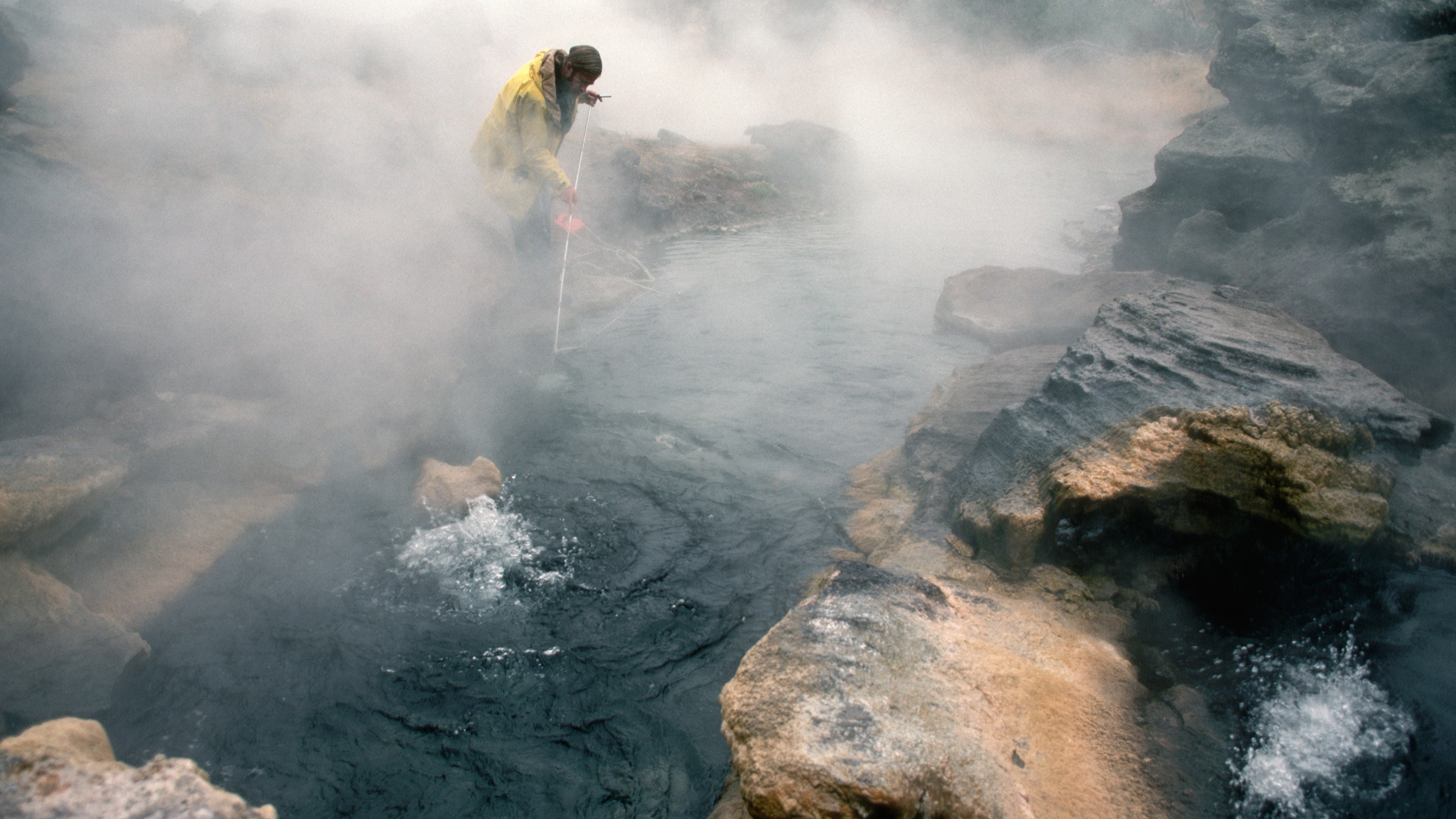
But it's unlikely that there is a sealed reservoir beneath Yellowstone, Gluyas said. Rather, the national park forms a system of pipes through which helium escapes into the atmosphere: Annually, about 66 tons (60 metric tons) of helium leak out via hot springs and steam vents, scientists revealed in 2014.
However, "it is not as if you could put an enormous bag over the whole area and catch it," Gluyas said.
But helium from the Wyoming Craton could be stored in reservoirs elsewhere. "There might be areas peripheral to Yellowstone where it is getting trapped once released," Gluyas said.
The main takeaway from the new study is that "there are hugely promising conditions in all three sites," Mulaya said, "so now, this encourages us to explore further."
Results from a helium drill site near Babbitt suggest that carbon-free helium production is possible and that the helium concentration in the extracted gas can be extremely high.
"There's a promising future for helium to cover the shortage we are currently facing," Mulaya said.

Sascha is a U.K.-based staff writer at Live Science. She holds a bachelor’s degree in biology from the University of Southampton in England and a master’s degree in science communication from Imperial College London. Her work has appeared in The Guardian and the health website Zoe. Besides writing, she enjoys playing tennis, bread-making and browsing second-hand shops for hidden gems.
You must confirm your public display name before commenting
Please logout and then login again, you will then be prompted to enter your display name.


